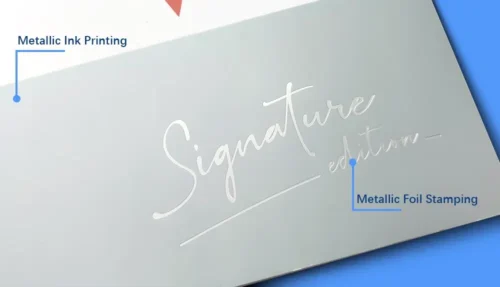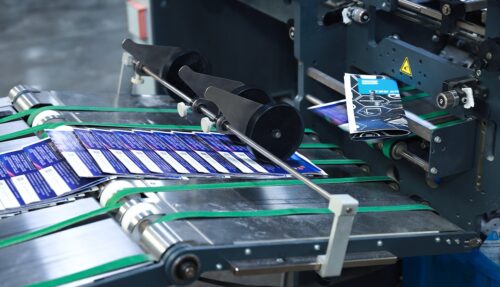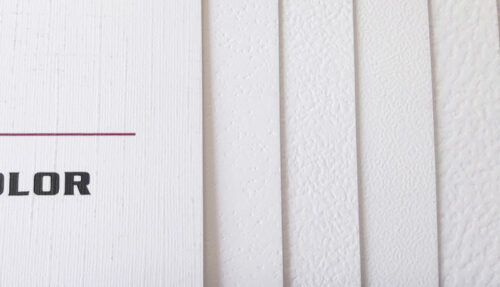We use paper every day — from the newspapers and magazines we read to the packaging our products come in and more. But have you ever wondered who first invented paper and why it became the most popular material on the planet? Welcome to the story of paper…
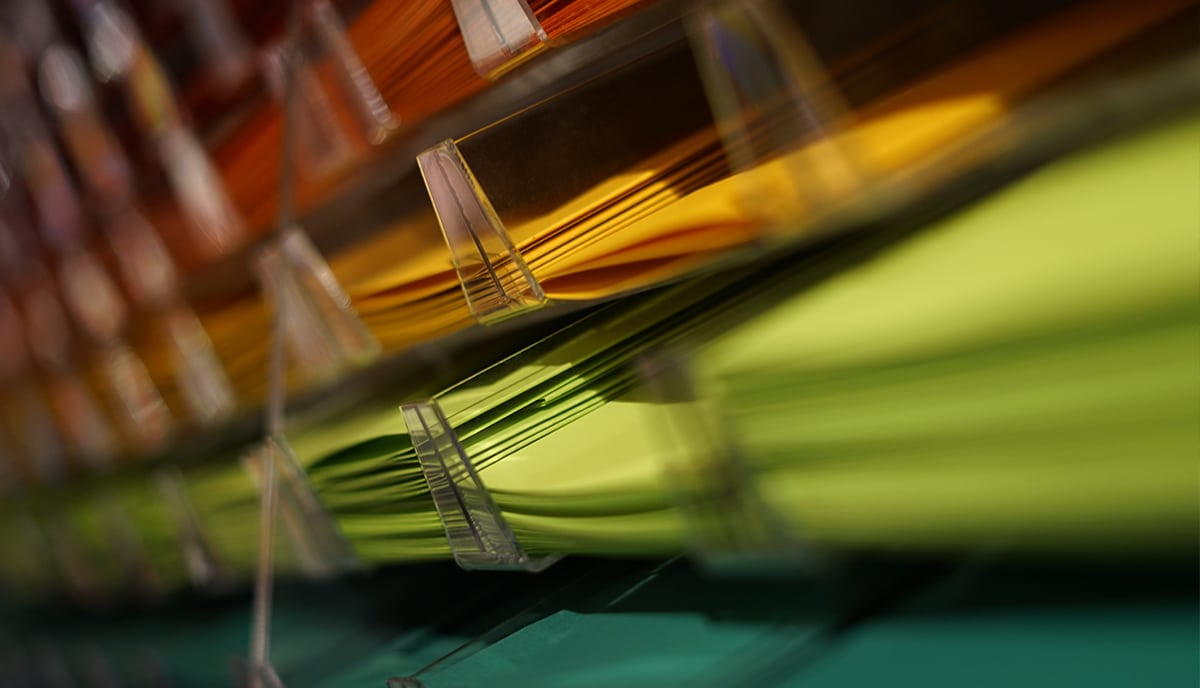
The History of Paper
Have you ever wondered where the word ‘paper’ comes from? The history of the word can shed light on the beginnings of the paper industry. ‘Paper’ is derived from ‘papyrus’ which is what the Ancient Egyptians used to use to write on. Papyrus wasn’t paper as we would think of it today but it was a very close cousin. Papyrus was made of reeds — which grew readily along the river Nile.
The earliest form of writing is said to have come from Sumeria, dating back about five thousand years ago and is called ‘cuneiform.’ The Sumerians scratched their letters into clay tablets with a sharpened stick. You can imagine that it was a very long and difficult process. Unfortunately, the tablets were heavy and were easily broken.
In Britain, the Druids had a form of writing called ‘ogham’ which they used to carve symbols and figures into stone or wood. From the earliest times people have devised easier and more effective ways of writing things down and sharing information. It is often difficult for most of us to imagine what life was like before we had mobile ‘phones and computers. Imagine what it was like before paper!
So who invented paper and when?
The Invention of Paper
Archaeologists have discovered the earliest paper known to have been used was made of cloth rags left over from the textile industry in early China and date back to the first or second century AD.
The conventional acknowledgment of invention goes to Cai Lun, a government official serving in the Imperial court of the Han dynasty (202 BCE – 220 CE). It is believed that around 105 CE, Cai Lun innovated the concept of paper using a mixture of mulberry and other bast fibers, combined with fishnets, discarded cloth, and remnants of hemp. It was light and could be written on in flowing ink. It could also be folded and rolled up. Suddenly it was possible not only to write quickly but to transport writing easily over long distances — something that was never truly possible with large stones and clay tablets! The impact of paper was wide-reaching.
This is the part where we talk about the ‘paper revolution.’
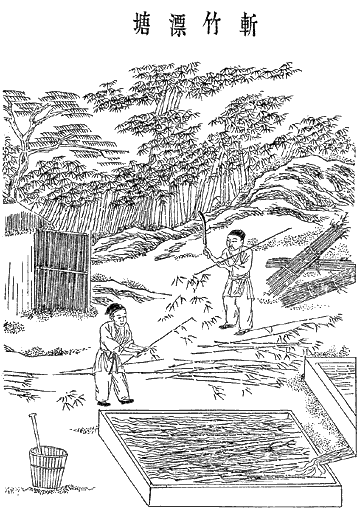
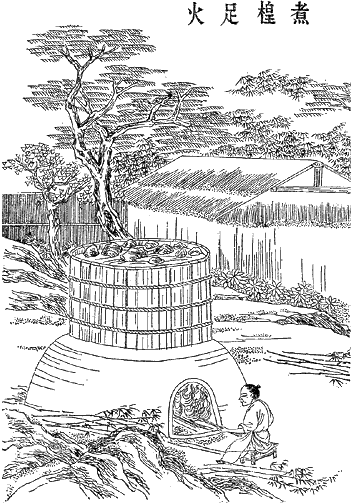
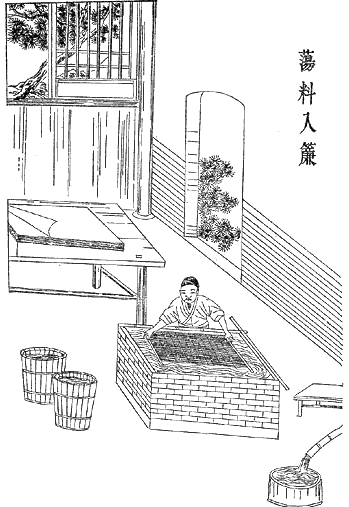
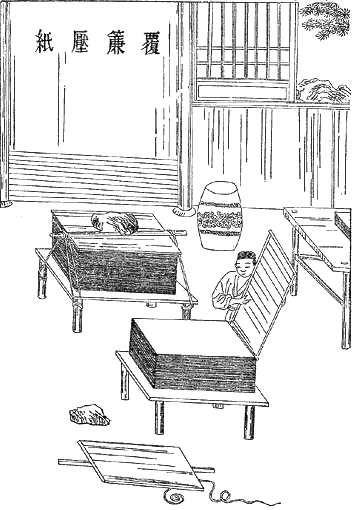
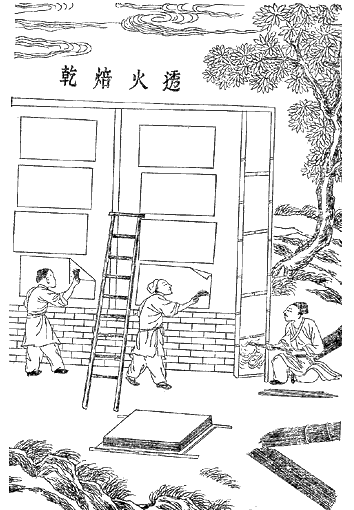
The Spread of Paper
By the fifth century AD, paper was being widely used in Japan — not only as a material for writing on, but also to make the inner walls of houses and works of art such as paintings and paper flowers.
The art of origami which is the art of folding paper to make the shapes of animals, flowers and people, was invented at about this time. The use of paper spread rapidly throughout the rest of the world. In Asia and the Middle East, the quality of paper-making was improved by coating the rags in starch. This gave the finished paper a much smoother surface which was easier to write on.
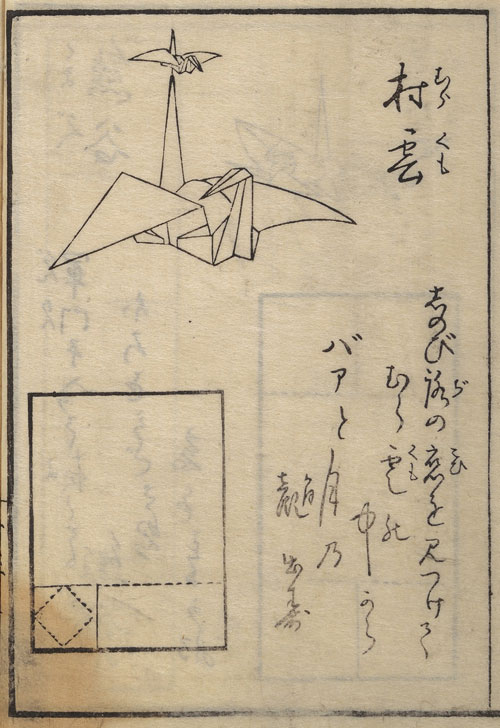
The Development of Paper
The techniques for the manufacture and production of paper where developed significantly in Europe from the thirteenth century onwards. One very important development was the use of water wheels to power the paper-making process. These small but efficient water-driven paper factories were called ‘paper mills’ as they used the technology previously developed for grinding corn.
In Spain and Italy, the paper mills were able to produce a lot of high quality paper very quickly. This made paper more readily available and cheaper to buy. Very soon after this, parchment and papyrus — which had still been in use — became a thing of the past.
Printing and Paper Money
The first mechanical printing press was invented in 1450 AD by Johannes Gutenberg. He was a German goldsmith. There had been other attempts to make printed works, but it was Gutenberg’s invention that made the widespread and cost-effective distribution of books, pamphlets and other printed items, finally possible.
The spread of the printed word led to the Renaissance in Europe — a period of history in which there was a huge movement toward learning, sciences and the arts. In 1694, the first paper bank notes were printed — even money, once made of silver, gold or copper, was now made of paper!
Modern Paper Making
Paper was made out of textile fabric right up until the nineteenth century when there was a shortage of cotton. Everyone had become dependent on paper for everything from the bank to the bathroom and so the search was on for a new material to make paper from.
One of the first experiments was with straw but it made a very poor quality product. Eventually, it was discovered that wood pulp could be used to make excellent paper. Modern paper is made in highly mechanized factories from wood pulp. Modern paper-making takes up a lot of energy and water equal to about 20% of production costs.
Paper and the Environment
Given that paper uses up so much energy, water and of course, trees, new methods have been developed to help safeguard the environment.
Worldwide, the amount of paper that is made from recycled materials is about 30% of total production. The world leader in paper recycling is the United Kingdom where 70% of all paper produced is made from recycled paper. Before the fibers become too delicate, paper can be recycled seven times.
Modern paper-making also uses cereal straw in the mix to reduce the overall amount of cellulose from wood that is needed. Many forests are now managed on a ‘sustainable’ basis. This means that for every tree that is cut down, two or more are planted to replace them. The sorts of trees that make the best paper, such as spruce and larch, are also very fast growing.
In more and more forests the trees are never cut down at all. A method of harvesting called ‘coppicing’ is used. using this method, only parts of the tree are removed, allowing the plant to regrow.
Summary of The Story of Paper
- 2nd century: paper first made from rags in Ancient China
- 5th century: paper first used for art in Japan
- 13th century: the first industrial paper mills founded in Spain and Italy
- 15th century: Gutenberg invented his revolutionary moveable type printing press in Germany
- 17th century: the first paper money was printed in Italy
- 19th century: paper was made from wood pulp for the first time in Scandanavia
- 21st century: in response to growing awareness of ecological concerns, sustainable forestry and recycled paper were introduced around the world
We hope you have enjoyed learning about the story of paper. How many things can you see if you look around you now that are made of paper or have paper in them?
Despite the so-called “digital revolution”, paper really is one of the most important materials in the world today. We can use it for so many things! Not least of which, it’s the major substrate for all kinds of printing, from books, brochures, and magazines, to cards, games, and product packaging. Whatever walk of life you’re from or whatever business you’re in, at some point you’ll need something printed on paper.
When you need to print on paper: talk to us!
At QinPrinting we’re the global leading experts in everything to do with printing and paper. Whatever your printing needs, we’ll help you make your mark on thousands of years of paper history with your own perfect print product. Our expert team, state-of-the-art technology, and personalized customer service contributes to our worldwide reputation for excellence. You can contact us easily via the telephone, email, Skype, the online chat, or the contact form. We can’t wait to hear from you!








